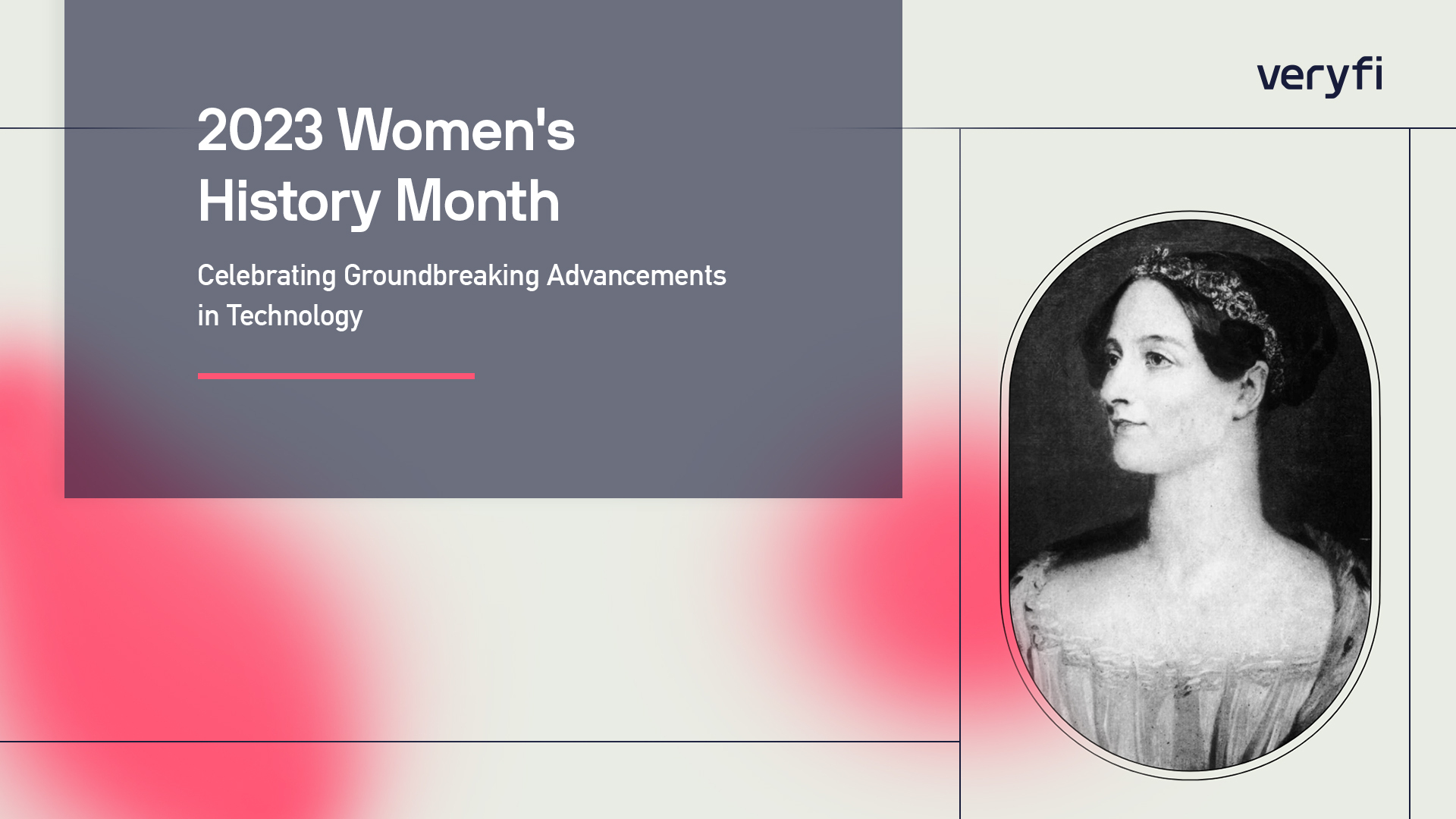Celebrating Groundbreaking Advancements in Technology
Have you ever stopped to think about the women who have shaped the world of technology as we know it today? From Ada Lovelace, the first computer programmer, to Grace Hopper, who developed the first compiler for computer programming languages, to Katherine Johnson, who calculated trajectories for NASA’s first manned space flight, women have made significant contributions to technology throughout history. Despite facing gender barriers and discrimination in the tech industry, these trailblazing women persevered and made groundbreaking advancements in fields such as computer science, engineering, and information technology. In honor of this year’s Women’s History Month, let’s acknowledge and celebrate their achievements that inspire future generations of women to pursue careers in technology. In this timeline, we’ll take a closer look at some notable contributions of women in technology and how they’ve impacted the world around us.

1843 – Ada Lovelace and the Analytical Engine
In 1843, Ada Lovelace translates and annotates an article by the Italian mathematician and engineer Luigi Federico Menabrea titled “Elements of Charles Babbage’s Analytical Machine.” Lovelace’s annotations are detailed and elaborate, particularly her description of how the proposed Analytical Engine could compute Bernoulli numbers. Her work is excellent, and she famously remarks that “the Analytical Engine weaves algebraic patterns, just as the Jacquard-loom weaves flowers and leaves.”

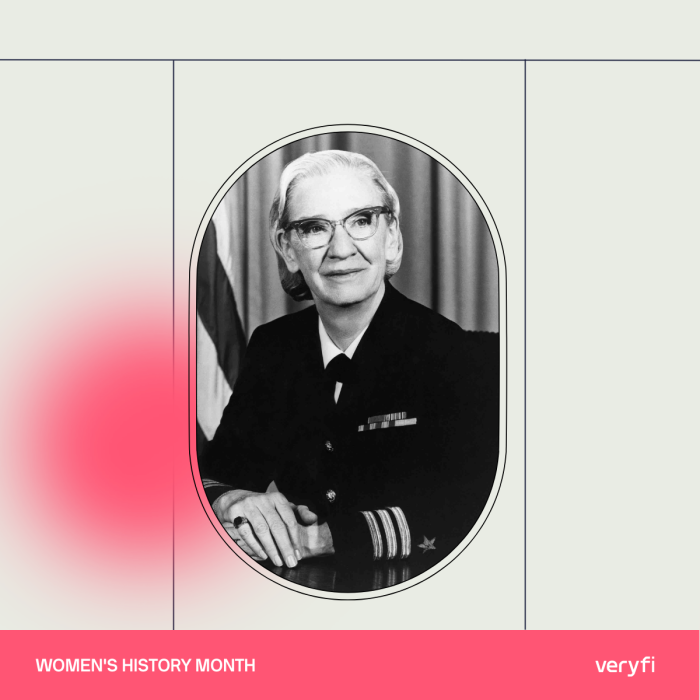
1952 – Grace Hopper develops the compiler
In 1952, Grace Hopper develops an early compiler called the A-0. A compiler is a program that translates high-level programming language into machine-readable code. She later works on the development of the more advanced A-2 and A-3 compilers in the late 1950s. Hopper’s work in the field of computer programming and software development has a significant impact on the industry and helps pave the way for modern computing.


1959 – Katherine Johnson publishes her first research report
In 1959, Katherine Johnson publishes her first research report. That report and her subsequent work developing precise trajectory calculations for NASA’s early human spaceflights are essential to establishing the United States as the leading spacefaring nation.

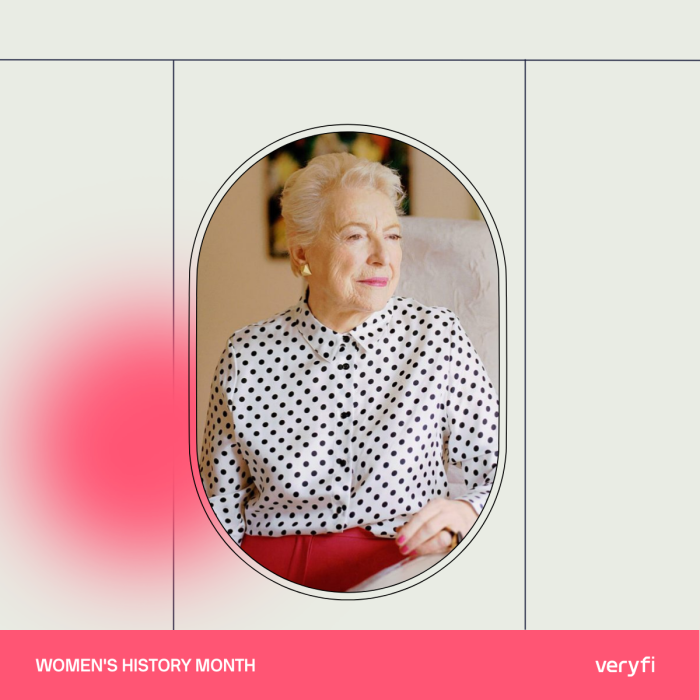
1962 – Stephanie “Steve” Shirley pioneers for women
In 1962, Stephanie “Steve” Shirley establishes “Freelance Programmers”, a work-from-home contract programming company exclusively for women. Shirley’s company is responsible for programming the black box for the supersonic Concorde. She and her employees are also instrumental in helping develop software standards, management control protocols, and other standards that are eventually adopted by NATO.


1970s – Margaret Hamilton helps guide the Apollo missions
In the 1970’s, Margaret Hamilton’s work guides the remaining Apollo missions that land on the moon as well as benefiting Skylab, the first U.S. space station. During this time, Nasa credits her with coining the term ” software engineering”.

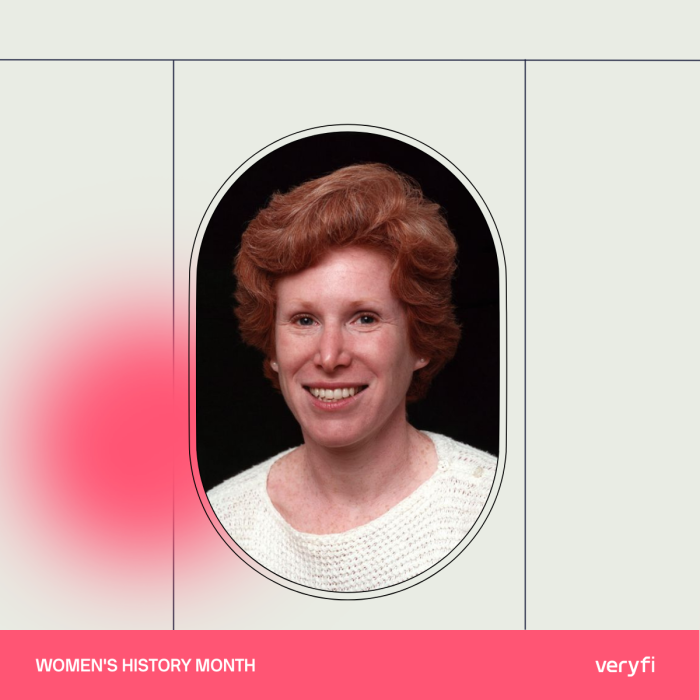
1973 – Adele Goldberg helps develop Smalltalk-80
In 1973, Adele Goldberg starts as a laboratory and research assistant at PARC and eventually becomes the manager of the System Concepts Laboratory. She collaborates with Alan Kay and other researchers to develop Smalltalk-80, a programming language that builds upon the object-oriented approach of Simula 67. Smalltalk-80 introduces a programming environment featuring overlapping windows on graphic display screens, which is user-friendly and highly customizable. One of the language’s notable features is the ease of transferring objects between applications. Goldberg and Kay will later play pivotal roles in the development of design templates, which serve as forerunners to the widely used design patterns in software design.

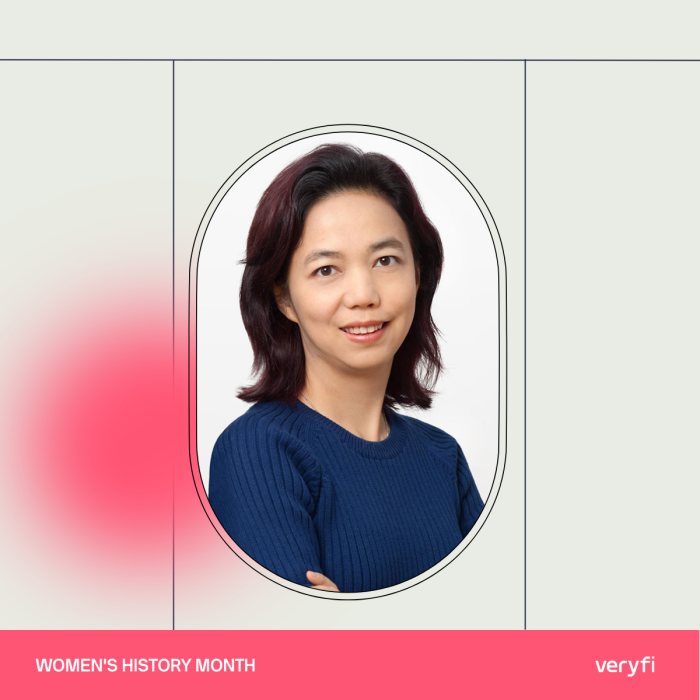
2009 – Fei-Fei Li established ImageNet for advancing visual recognition
In 2009, Dr. Fei-Fei Li establishes ImageNet, a massive visual database created for the purpose of advancing research on visual object recognition software. The project has had a significant impact on the field of computer vision and continues to be a valuable resource for researchers around the world.

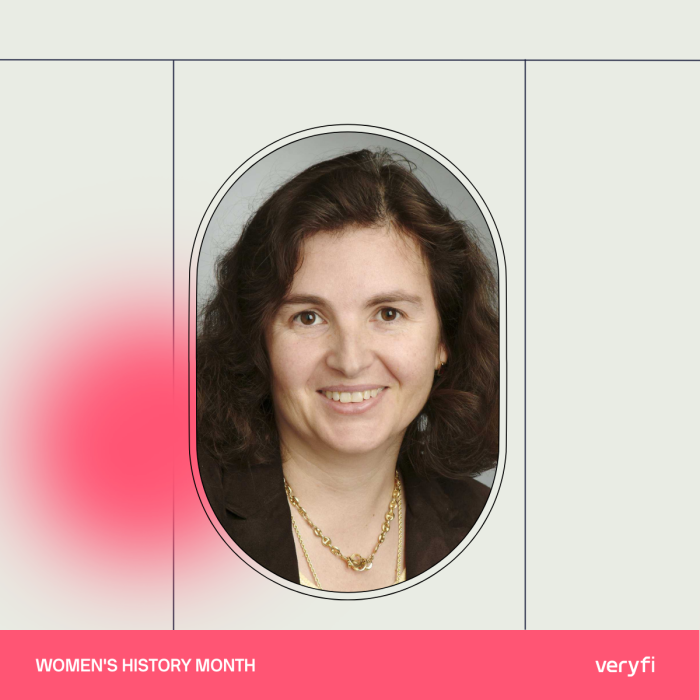
2012 – Daniela Rus becomes Director of MIT CSAIL
In 2012, Daniela Rus becomes the Director of MIT Computer Science and Artificial Intelligence Laboratory (CSAIL). Under her leadership, CSAIL launches numerous research programs and initiatives, including the AI Accelerator program, Toyota-CSAIL Joint Research Center, Communities of Research (CoR), a DEI postdoctoral program called METEOR, Future of Data Trust and Privacy, Machine Learning Applications, Fintech, and Cybersecurity.

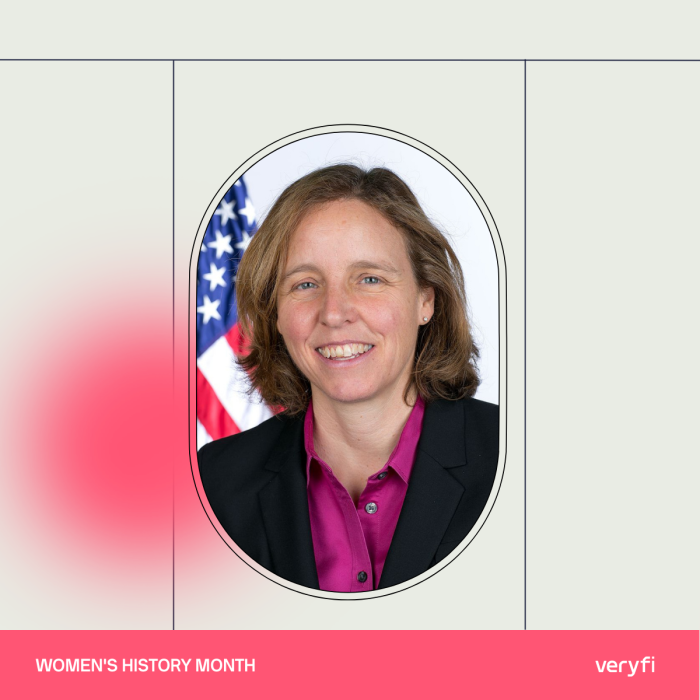
2014 – Megan Smith leaves Google to take on the role of the 3rd U.S. Chief Technology Officer
As CTO, she works on recruiting the best tech talent to serve in government and collaborate on crucial issues. These include AI, data science, and open source, as well as matters related to inclusive economic growth, entrepreneurship, structural inequalities, government tech innovation capacity, STEM/STEAM engagement, workforce development, and criminal justice reform.


2016 – Lucia Specia is the recipient of an ERC Starting Grant on multimodal machine translation
In 2016, Dr Lucia Specia is the recipient of an ERC Starting Grant on multimodal machine translation. Currently, Dr. Specia is a Professor of Natural Language Processing at Imperial College London and the University of Sheffield. Her research focuses on various aspects of data-driven approaches to language processing, with a particular interest in multimodal and multilingual context models. Her work has been applied to multiple tasks such as machine translation, image captioning, quality estimation and text adaptation. She is currently involved in several machine translation research projects, including multilingual video captioning and text adaptation, which will undoubtedly play a key part in advancing AI-driven technology in this field.


2017 – Kate Crawford establish AI NOW Institute
In 2017, Kate Crawford, along with Meredith Whittaker, establishes the AI Now Institute, an organization dedicated to interdisciplinary research and public engagement. The Institute’s primary aim is to ensure that AI systems are accountable to the communities and contexts in which they are applied.

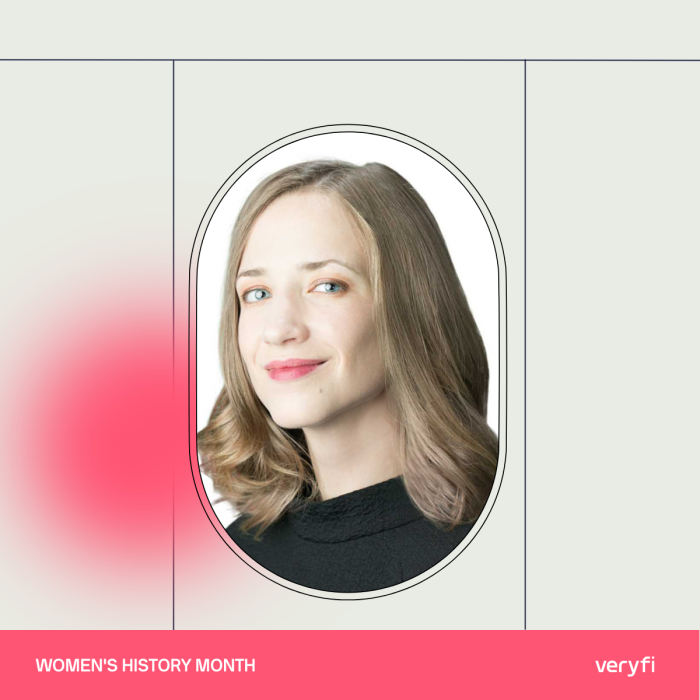
2017 – Cassie Kozyrkov becomes Google’s first Chief Decision Scientist
In 2017, Cassie Kozyrkov is Google’s first Chief Decision Scientist. Her focus is on applied AI and data science process architecture, and she plays a critical role in driving the field of Decision Intelligence forward.
The Future of Innovation
Thanks for taking the time to recognize a few of the many women that continue to innovate and drive technology, science, robotics, AI and social conversations forward! Who are some of your heroes throughout history? Let us know on LinkedIn or Twitter!
